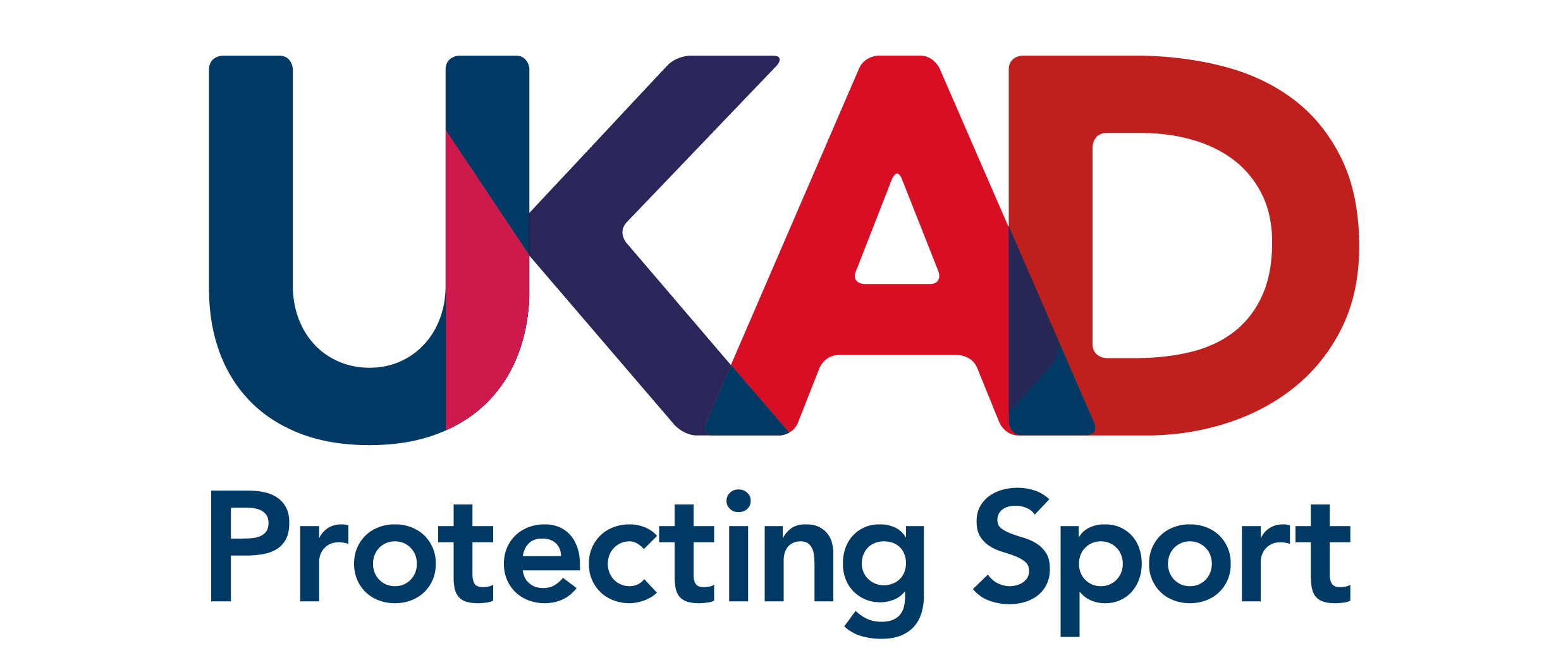WADA Prohibited List 2019: What you need to know
The World Anti-Doping Agency (WADA) has published the 2019 List of Prohibited Substances and Methods, and UKAD has pulled out all the key bits you should know before it comes into effect on 1 January.
Whether you’re an athlete, coach, physio or doctor, it’s vital you are aware of the changes, so you don’t get caught out and end up with a ban from sport.
The List outlines substances and methods which are banned both in and out-of-competition, but it is not exhaustive as most categories only include common examples. It’s updated every October, giving you time to get to grips with any changes before the New Year, but please also be aware that changes can also be made to the Prohibited List throughout the year.
The full List can be quite dry to read unless you’re into chemistry, but it contains vital information you need to know when training, competing or working with athletes. Fortunately, there are no major changes for 2019, but grab yourself a cup of tea, settle into a comfy chair and please take the time to read the summary below.
Several of the changes relate to supplements, or ingredients commonly found within them. UKAD advises athletes to take a food-first approach to nutrition where possible, as no guarantees can ever be made that a supplement is free from banned substances.
Here are the key things you need to know about the 2019 WADA Prohibited List:
Check your supplements carefully
- Epiandrosterone has been added as an example of a steroid, which can be found in some dietary supplements.
- The examples of metabolites of steroids which the body naturally produces, but are prohibited when administered in synthetic forms, has been simplified. It now only includes those known to be found in supplements or used as masking agents.
- More examples of substances which were already prohibited have been added, and these can be found in some supplements, so don’t get caught out. 4-methylpentan-2-amine has been included as another name for DMBA, while 5-methylhexan-2-amine (1,4-dimethylpentylamine) and 3-methylhexan-2-amine (1,2-dimethylpentylamine) were added as examples of substances related to methylhexaneamine.
Don’t let strange names catch you out
- The following names for substances which were already on the Prohibited List (in brackets below) have been added, so please check ingredients carefully as these may crop up.
- Dimetamfetamine (dimethylamphetamine)
- Enobosarm (ostarine)
- Examorelin (hexarelin)
- Lenomorelin (ghrelin)
- More examples of prohibited substances have also been added.
- Daprodustat (GSK1278863) and vadadustat (AKB-6548) - examples of hypoxia inducible factor (HIF) activating agents.
- BAY 85-3934 - reference name of molidustat, a HIF activating agent.
- Macimorelin - example of a growth hormone secretagogue.
- Tretoquinol (trimetoquinol) - example of a beta-2 agonist.
- 2-Androstenol, 3-Androstenol and 3-Androstenone - examples of substances related to 2-Androstenone.
Know your agents
- The title of section 4.4 has changed from “Agents modifying myostatin function(s) including, but not limited, to: myostatin inhibitors” to “Agents preventing Activin receptor IIB activation”.
- The following examples of prohibited substances have been added to reflect the ways in which the Activin receptor can be affected:
- activin A-neutralizing antibodies
- activin receptor IIB competitors such as decoy activin receptors (e.g. ACE-031)
- anti-activin receptor IIB antibodies (e.g. bimagrumab)
- myostatin inhibitors such as:
- agents reducing or ablating myostatin expression
- myostatin-binding proteins (e.g. follistatin, myostatin propeptide)
- myostatin-neutralizing antibodies (e.g. domagrozumab, landogrozumab, stamulumab)
Gene doping clarified
- ‘Gene Doping’ has been changed to ‘Gene and Cell Doping’.
- The definition of gene doping has changed to include the term 'post-transcriptional' to clearly define the processes that can be modified by gene editing.
- Stem cells are not prohibited for treating injuries if their use restores normal function of the affected area, rather than enhancing function.
Cyclists: Be aware of tramadol
While WADA has elected to keep tramadol on the Monitoring List, rather than move it to the Prohibited List, the International Cycling Union (UCI) has announced plans to start testing athletes for tramadol from January. We are awaiting further information from UCI on this, but current reports indicate cyclists will have a finger pin-prick before a race, which detects the presence, or not, of tramadol and its level of concentration. This could lead to cyclists being banned from starting a race if they have used tramadol, primarily due to health concerns. We will update you when we know more.
More information
If you’re in any doubt about any medications or their ingredients, you can check them on the Global DRO website. Supplements can be checked on the Informed Sport website, but please be aware this only minimises the risk, no guarantee can be given that any particular supplement is free from prohibited substances.
If you’re still uncertain, you can contact substanceenquiry@ukad.org.uk.
Athletes who have a legitimate medical reason for using a prohibited substance or method which is on the List, can apply for a Therapeutic Use Exemption (TUE).
The full 2019 Prohibited List can be viewed here.
A summary of the major modifications and explanatory notes can be viewed here.
